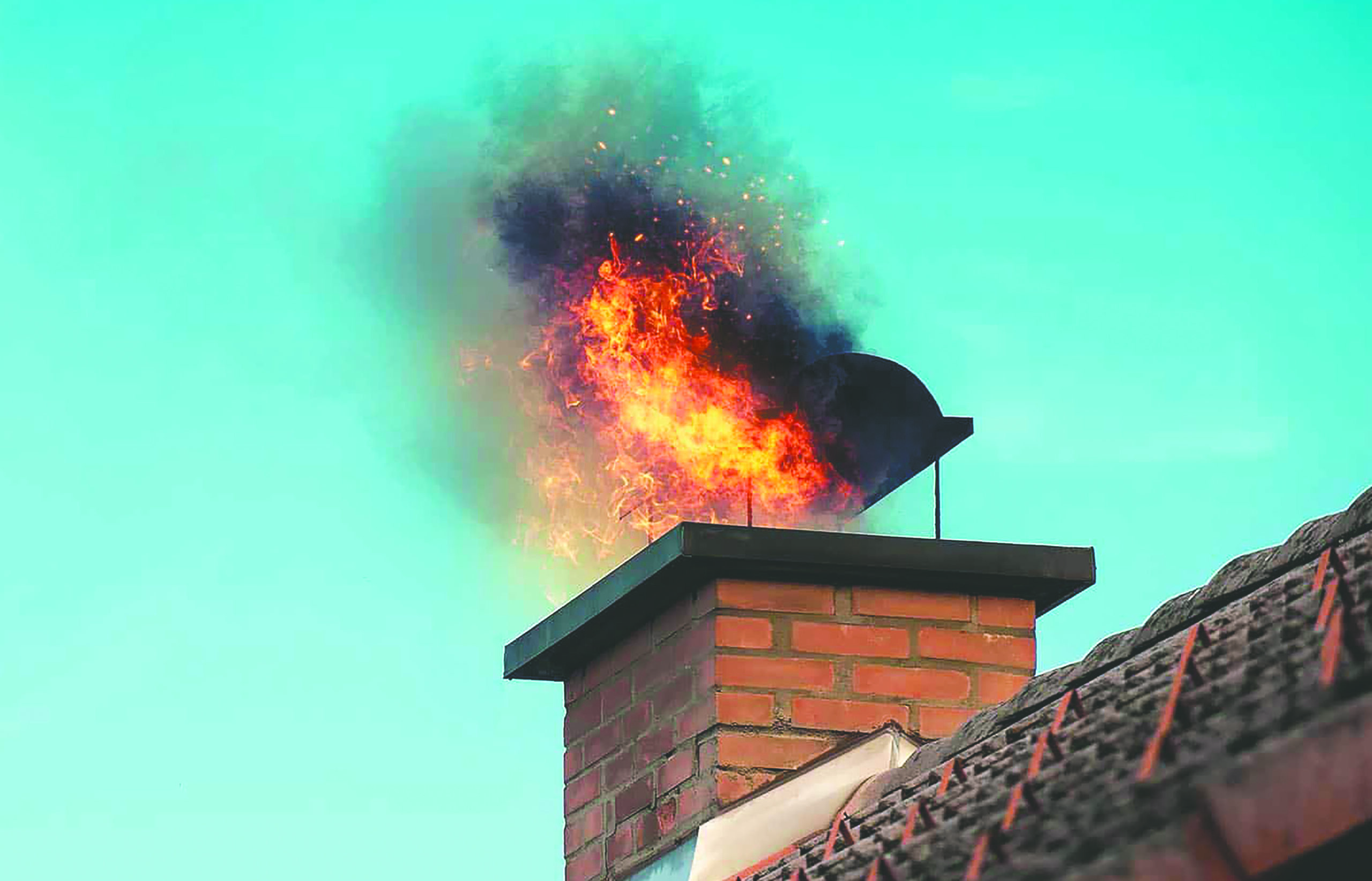By Steve Wilent, The Mountain Times
My treatise on firewood in the November edition drew more comments and questions from readers than any other topic this woodsguy has written about. Several folks wrote to tell me about their favorite types of firewood and methods of stacking it. Others asked questions about various species I hadn’t mentioned. Two readers admitted to being fellow firewood fanatics, so now Lara and my neighbors know that I’m not the only one.
One correspondent asked whether black cottonwood makes good fuel. In my book, it does, but some firewood aficionados disagree. Compared to the local gold standard of Douglas fir for firewood, cottonwood produces less than two-thirds as much heat: 26.5 million British Thermal Units (BTUs) per cord for Doug fir vs. 16.8 million BTUs per cord for cottonwood. Thus, many folks turn up their noses at cottonwood and some who have it can’t even give it away.
I gladly cut a half-cord of cottonwood (free!) from a kind neighbor’s downed trees two summers ago. By this fall, it was well seasoned and the logs were noticeably lighter in weight than Doug fir and other species. During the cool days of early autumn, the dry cottonwood made nice fires in my wood stove and the outdoor fire pit and it makes good kindling anytime. For the coldest winter days and nights, however, I prefer Doug fir, red alder, lodgepole pine and other species.
Regardless of the species you burn, all firewood leaves creosote in chimneys. Creosote is a black, tar-like substance in smoke that sticks to the inside of chimneys and chimney caps. In some cases, the buildup of creosote can become so thick that it reduces a chimney’s draft, making a wood stove less efficient. If you get big puffs of smoke rolling out of your wood stove when you open the stove door, you probably have a creosote problem. What’s worse, creosote is highly flammable and when ignited inside a chimney, can burn hot enough to damage the chimney lining or even spread flames to the house itself.
There are about 25,000 chimney fires in the US each year; these fires cause more than $120 million in property damage annually. To prevent such fires, the National Fire Protection Association (NFPA) recommends that chimneys be inspected annually and cleaned as needed.
The nonprofit Chimney Safety Institute of America (csia.org) offers a wealth of information for homeowners, such as a list of the Nine Signs that You’ve Had a Chimney Fire, such as (obviously) large flames shooting from the top of the chimney. However, according to CSIA, most chimney fires go undetected. “Slow-burning chimney fires don’t get enough air or have fuel to be dramatic or visible and they often go undetected until a later chimney inspection, but the temperatures they reach are very high and can cause as much damage to the chimney structure—and nearby combustible parts of the house—as their more spectacular cousins.”
Because I have a fire in my wood stove night and day for at least six to eight months per year, I clean my chimney and chimney cap every two to three months. Each time, I find a significant buildup of the black stuff. I have a tall ladder and chimney brush, plus other tools for doing the job. Hoodland Fire District will loan you a chimney brush for free, if you’re a resident or local property owner.
There are several chimney sweeps in our area. The Mt. Hood Business Directory, from Active Media Publishing (publisher of The Mountain Times), lists two: A+ Fireplace Service of Sandy (503-607-8538); and Dutch Chimney Sweep and Repair of Welches (503-961-5015). Google can help you find other sweeps that serve our area, such as Sandy Chimney Sweep and Masonry (503-317-5154, sandychimneysweepandmasonry.com) or Clean Sweep — Chimney Sweep (503-622-1197). I’ve never used these services, so I can’t offer a recommendation, but you might check with your neighbors. See also the Oregon Chimney Sweeps Association (oregonchimneysweeps.com).
If you have a pellet stove, you, too, need to have your chimney cleaned, though less often, since pellets burn much cleaner than firewood.
For what it’s worth, creosote, which can be extracted from wood or coal, is an excellent wood preservative and has been applied to wooden power poles, railroad ties, and piers, docks, and other marine structures since the mid-1800s. That has helped make such timbers last for decades in many cases, but creosote also makes power poles vulnerable to wildfires. Other preservatives used in recent years, as well as poles made of or sheathed with metal, are much more resistant to wildfires.
Take it from a firewood fanatic: Clean your chimney regularly, before you have a damaging chimney fire.
Want to know more about firewood and
creosote? Want to know what the best firewood in the world is? Contact: SWilent@gmail.com.



